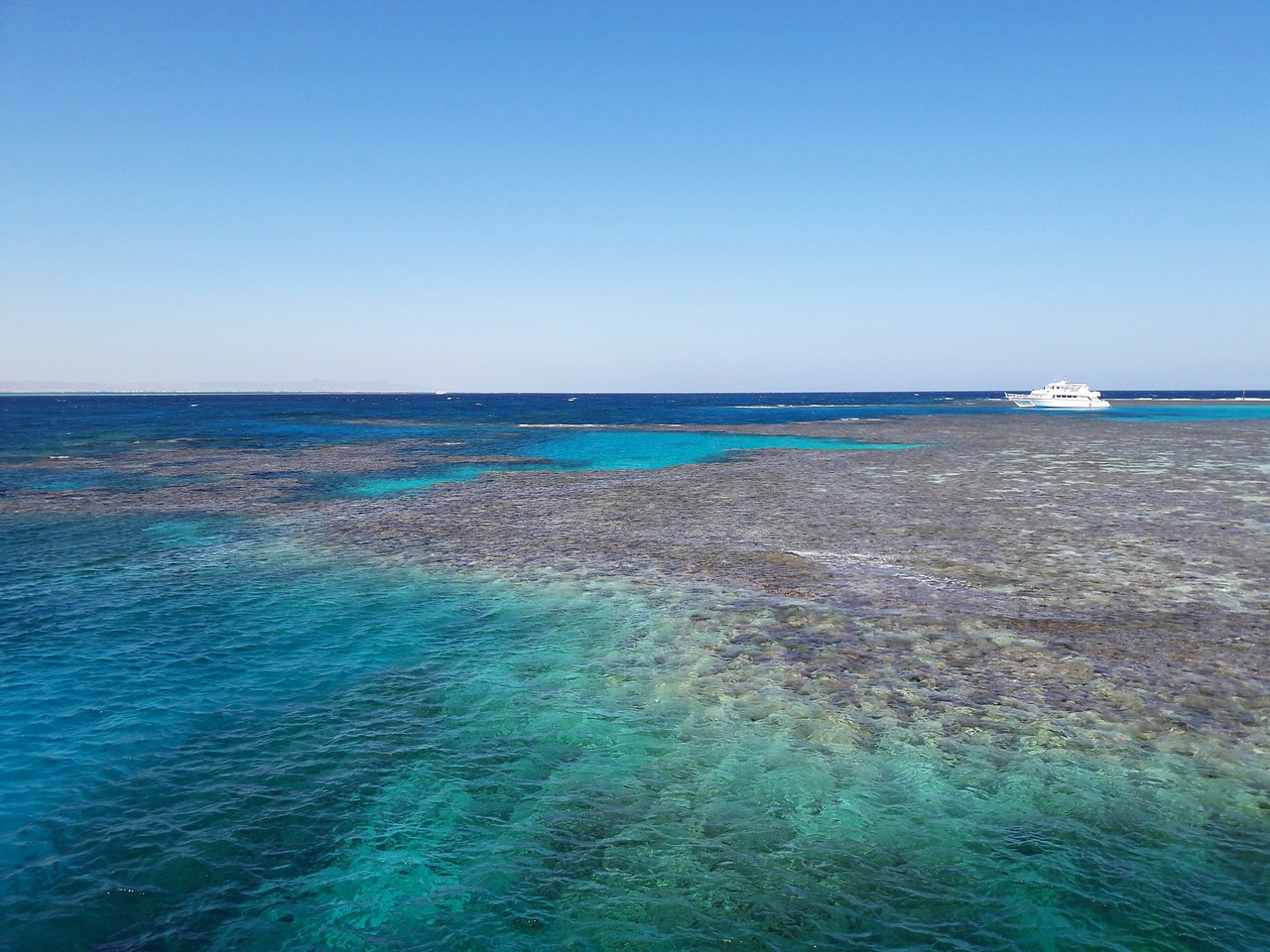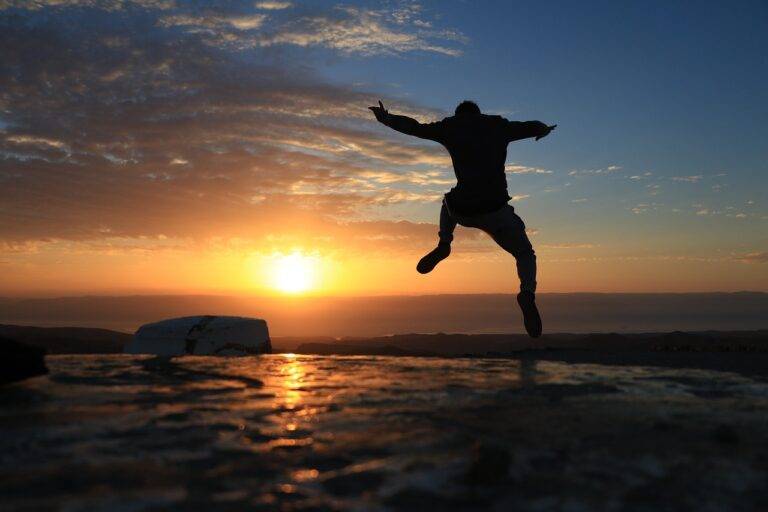Travel Photography: Tips for Capturing Wildlife
When selecting equipment for wildlife photography, it is essential to consider the specific needs of the type of wildlife you will be capturing. Different animals may require varying focal lengths, shutter speeds, and other camera settings to achieve the best results. Researching the behaviors and habitats of the wildlife you intend to photograph can help you determine the appropriate equipment to use.
Additionally, it is crucial to invest in high-quality lenses and camera bodies that can handle various lighting conditions and environmental factors. Look for gear that is weather-sealed to protect against dust, moisture, and other elements that can potentially damage your equipment while out in the field. Prioritize durability and reliability when choosing equipment to ensure that you can capture stunning wildlife images with ease.
Best practices for researching wildlife locations
When researching wildlife locations, consider consulting field guides or wildlife websites for up-to-date information on species sightings and habitat preferences. Connecting with local wildlife organizations or nature reserves can also provide valuable insights into the best locations to observe wildlife in their natural habitats.
Additionally, utilizing social media platforms and online forums can offer real-time updates on recent wildlife sightings from fellow enthusiasts. Engaging with these online communities can help identify hidden gems or off-the-beaten-path locations that may not be widely known but offer excellent wildlife viewing opportunities.
How can I choose the right equipment for wildlife research?
When choosing equipment for wildlife research, consider factors such as the specific species you will be studying, the environment you will be working in, and the type of data you need to collect. It’s important to invest in high-quality gear that is durable and reliable.
What are some best practices for researching wildlife locations?
Some best practices for researching wildlife locations include conducting thorough research beforehand, obtaining any necessary permits or permissions, respecting the natural environment and wildlife, and documenting your findings accurately. It’s also important to be prepared for unexpected situations and to prioritize safety at all times.





